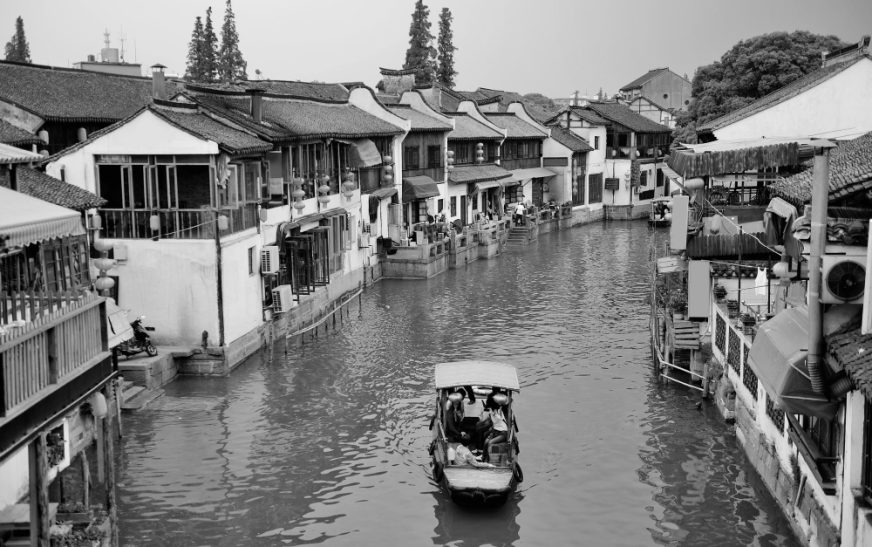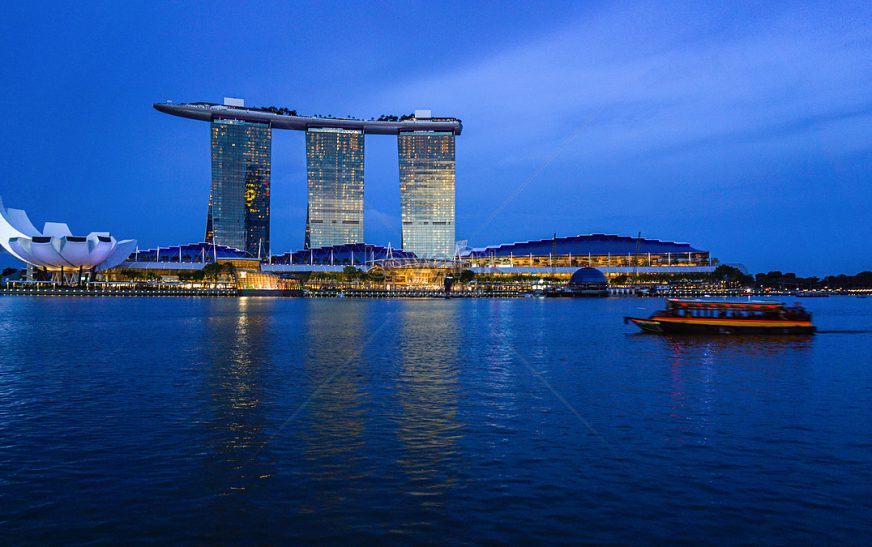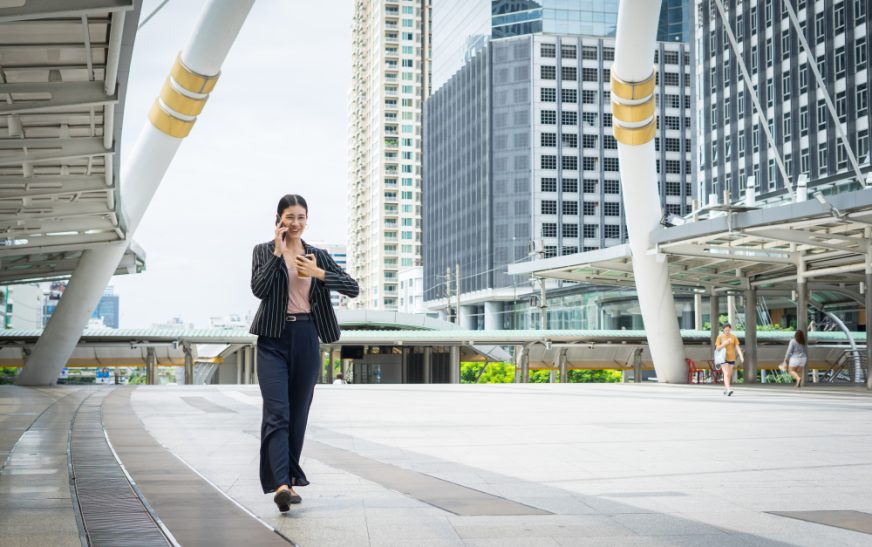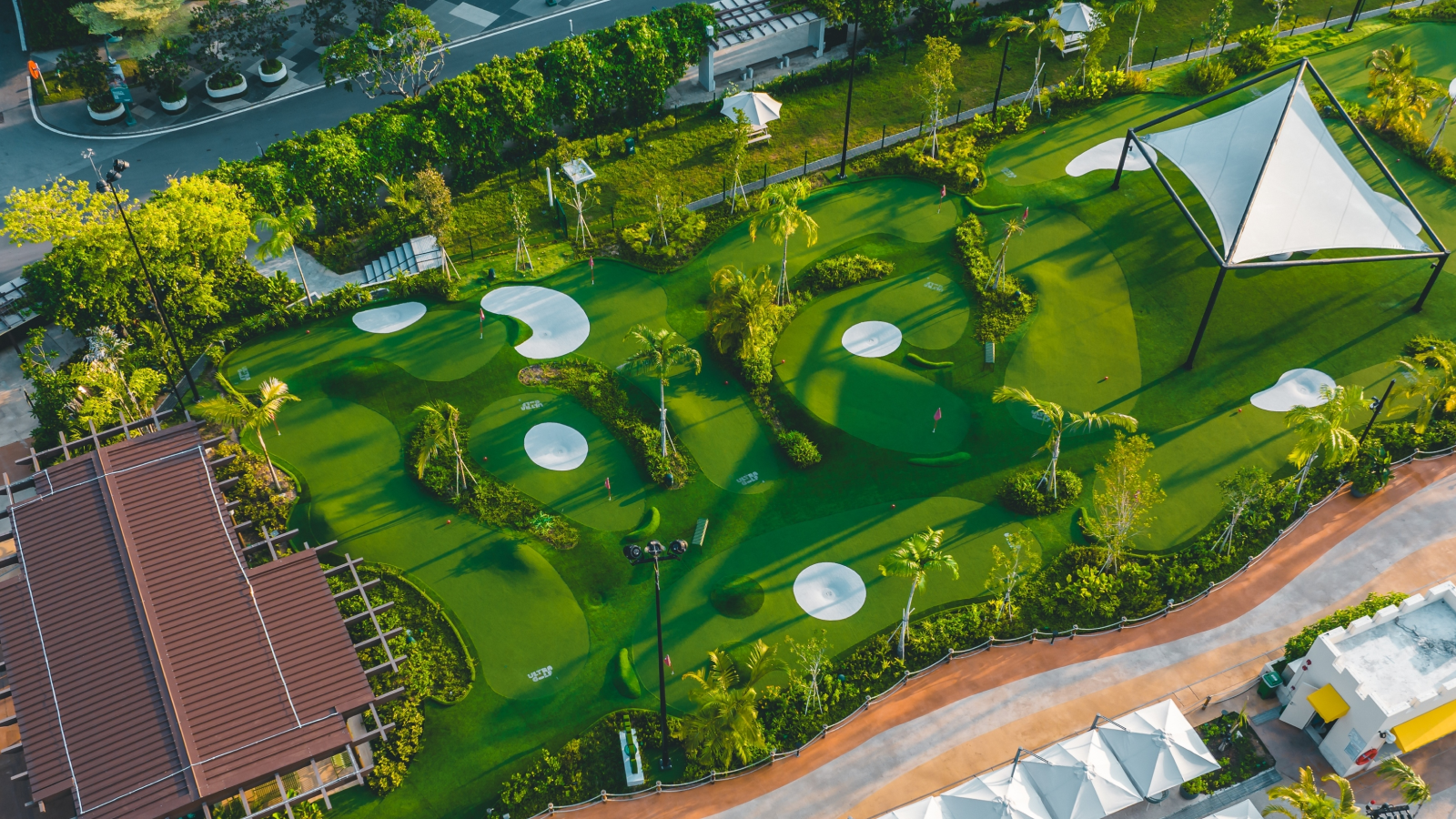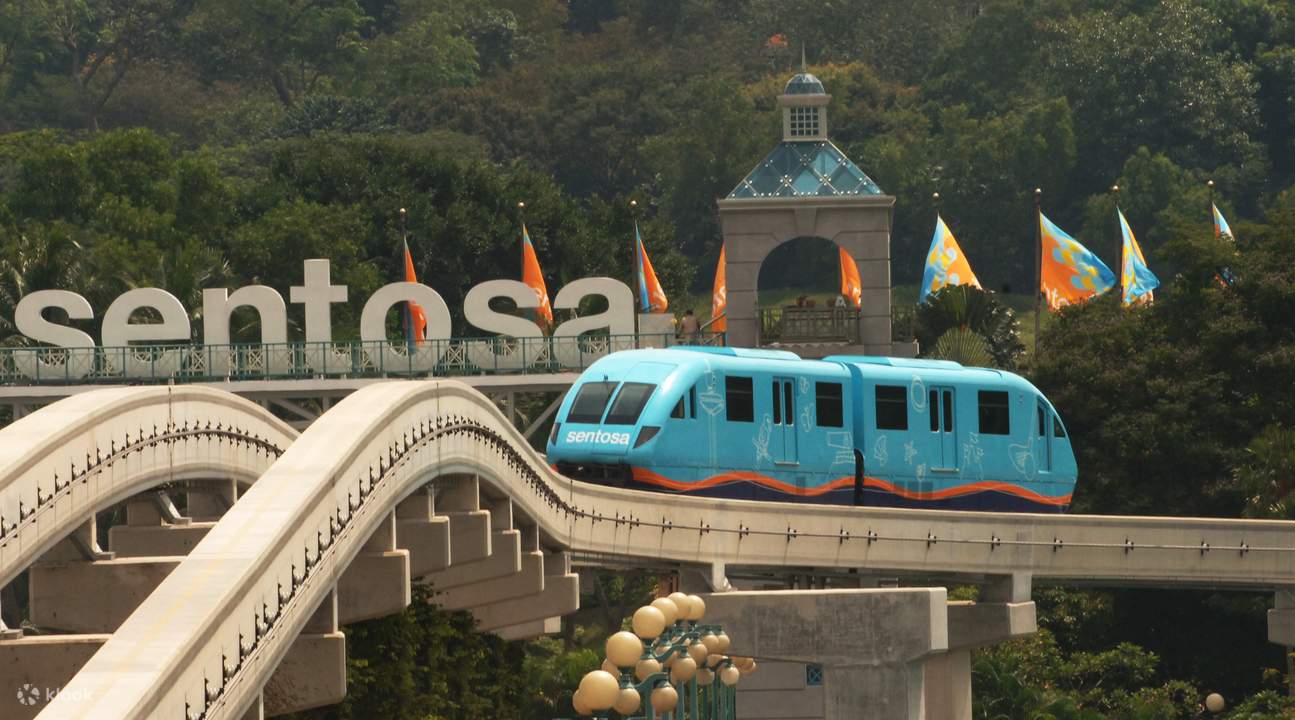Old Pictures of Singapore: Singapore’s journey from a small fishing village to a global city has been nothing short of remarkable. This article dives into ten iconic photos, each capturing a unique aspect of the Lion City’s transformation. With each image, we uncover stories of tradition, resilience, and growth that define Singapore’s history.
Old Pictures of Singapore: The Early Fishing Villages of Singapore
Before becoming a major port city, Singapore was home to fishing villages scattered along its coast. Old photographs from the 19th century show the simple wooden houses on stilts, with villagers engaged in daily activities. This image serves as a reminder of Singapore’s modest beginnings and its relationship with the sea, which later shaped its development as a key trading hub.
Old Pictures of Singapore: Colonial Architecture: The Raffles Hotel in the 1900s
The Raffles Hotel, built in 1887, is an architectural marvel that reflects Singapore’s colonial era. Old photographs of the hotel capture its grandeur, with detailed colonial features that remain iconic to this day. Known for hosting famous guests and events, Raffles Hotel is a symbol of Singapore’s luxurious side during colonial times, and it continues to stand as a heritage landmark.
The Singapore River: A Lifeline for Trade
Photographs of the Singapore River in the early 20th century show a bustling scene with boats, traders, and goods lining the riverbanks. Before the city’s modern makeover, the Singapore River was the heart of trade and commerce. These old pictures illustrate how the river served as the main artery of economic activity, connecting local and international traders and fueling Singapore’s growth.
Kampong Glam: A Cultural Melting Pot
Kampong Glam has long been a cultural hub, historically home to Malay royalty and a vibrant Muslim community. Vintage images of Kampong Glam capture the district’s mosques, shophouses, and bustling streets. These photos provide a glimpse into the lives of early residents, showcasing Singapore’s diverse cultural foundation. Kampong Glam’s historical roots are still visible today, even as it has evolved into a trendy district.
Chinatown’s Traditional Shophouses and Street Markets
Chinatown’s narrow streets and traditional shophouses were the lifeblood of early Chinese immigrants. Photographs of Chinatown in the 1900s reveal a bustling community, with merchants selling goods in open-air markets and families residing above their shops. These images highlight the entrepreneurial spirit of early Chinese settlers and the rich cultural contributions they brought to Singapore.
The Arrival of the Railway: Tanjong Pagar Railway Station
Opened in 1932, Tanjong Pagar Railway Station marked a significant development in Singapore’s transportation infrastructure. Old pictures of the railway station capture its grand, neoclassical architecture, a symbol of Singapore’s growing connectivity with the Malay Peninsula. The station not only transported goods but also provided a gateway for people traveling to and from Malaysia, shaping Singapore’s ties with its neighbors.
Singapore’s Street Hawkers and Food Culture
Singapore’s renowned food culture can be traced back to its early street hawkers. Vintage photographs depict street vendors setting up their stalls, selling everything from noodles to traditional sweets. These images highlight Singapore’s multicultural food heritage, which has now evolved into a world-famous culinary scene. The street hawkers’ resilience and creativity laid the foundation for Singapore’s rich and varied food culture.
The Changing Skyline: Shenton Way in the 1970s
In the 1970s, Singapore began transforming its skyline with the development of Shenton Way, an area that soon became known as Singapore’s “Wall Street.” Photographs of Shenton Way from this period capture the rise of modern skyscrapers that symbolize Singapore’s economic progress. This was a time when the city-state began to focus on financial growth, signaling its ambition to become a global financial hub.
The Transformation of Orchard Road
Orchard Road, now a bustling shopping district, was once lined with plantations and simple shop houses. Old photographs of Orchard Road show a serene, green landscape that’s starkly different from its current appearance. These images tell the story of Orchard Road’s transformation from a rural area into a shopping paradise, reflecting Singapore’s economic growth and changing lifestyle.
Celebrating Independence: The First National Day Parade
One of the most defining moments in Singapore’s history was the first National Day Parade in 1966. Photographs from this historic day capture the pride and unity of Singaporeans celebrating their newfound independence. The parade became an annual tradition, symbolizing national identity and unity. These photos capture the determination of Singapore’s people to build a prosperous nation.
Conclusion
Old Pictures of Singapore: Each old picture of Singapore serves as a window into the past, revealing stories of resilience, diversity, and transformation. From humble fishing villages to a vibrant metropolis, these photos illustrate the city-state’s remarkable journey. The preservation of these images allows us to appreciate Singapore’s rich history and the many contributions of its people in shaping the nation.
FAQs
1. Where can I find more old pictures of Singapore?
You can explore the National Archives of Singapore, which houses a vast collection of historical photos, or visit heritage centers like the Asian Civilisations Museum.
2. What is the oldest photograph of Singapore?
The oldest known photographs date back to the 19th century, with images capturing Singapore’s early colonial architecture and everyday life.
3. Are there still places in Singapore that resemble these old photos?
Yes, certain heritage areas like Chinatown, Kampong Glam, and Little India retain architectural styles reminiscent of early Singapore.
4. Why is it important to preserve old photos of Singapore?
These photos help us remember Singapore’s heritage and appreciate the history that has shaped the country’s modern identity.
5. Can I use these old photos for personal projects?
Many historical photos are available through public archives for non-commercial use, but always check with the National Archives of Singapore for usage rights.
Also read: Singapore Images HD: 10 Stunning Views of the Lion City You Can’t Miss

